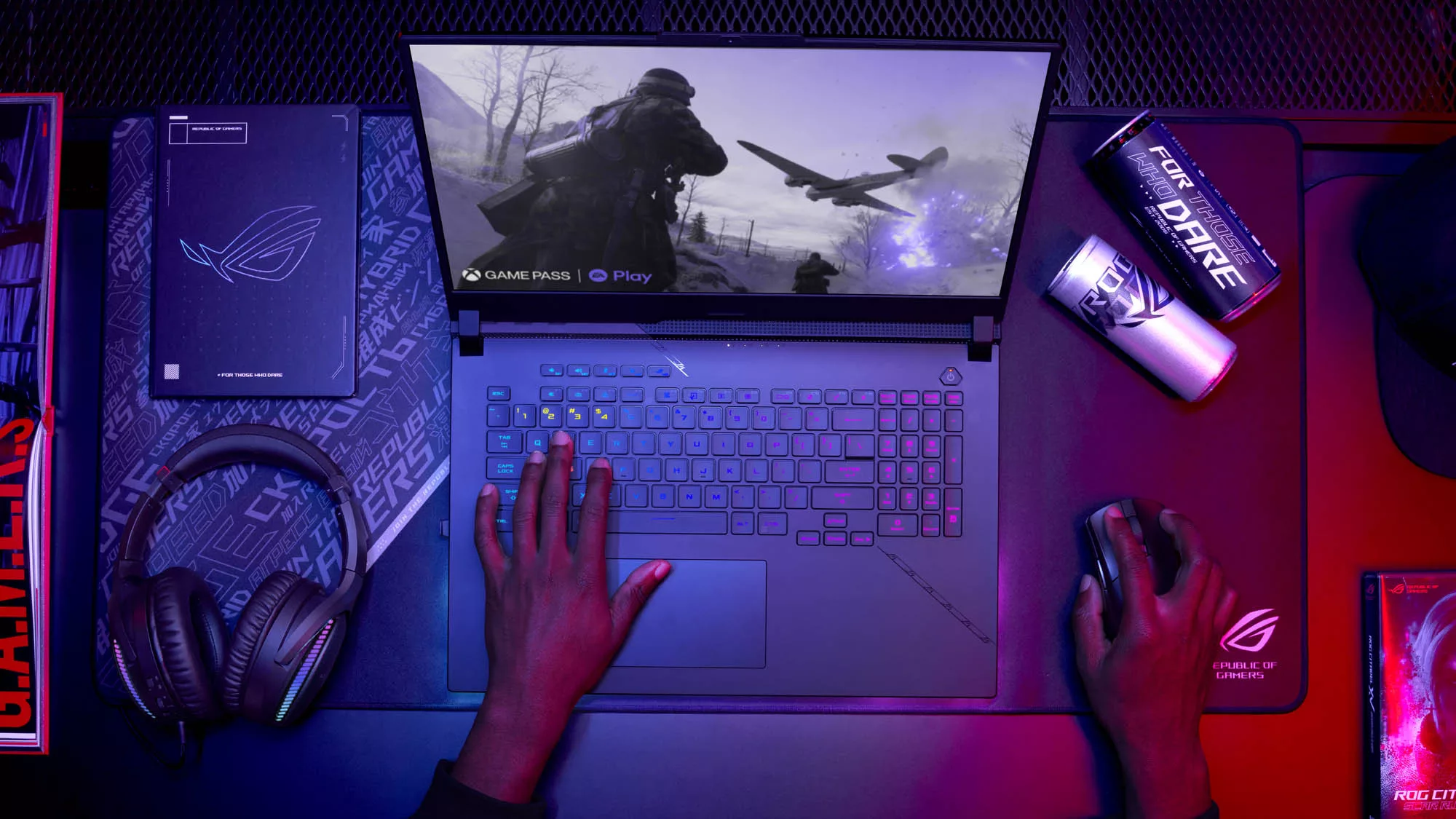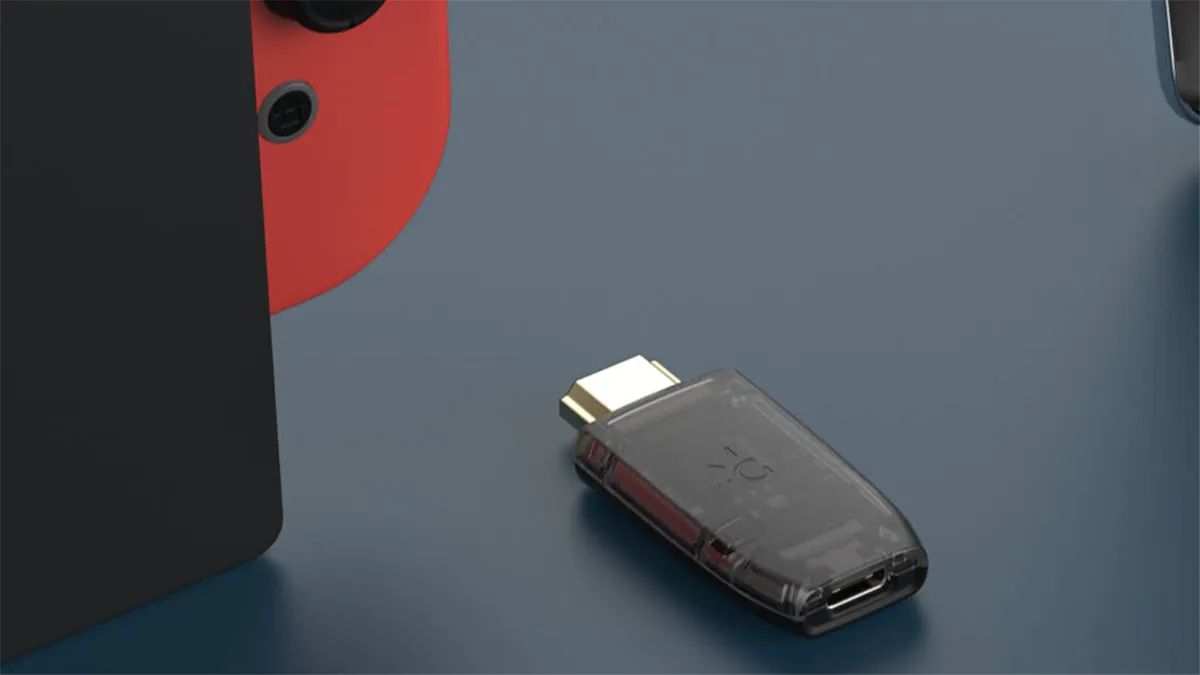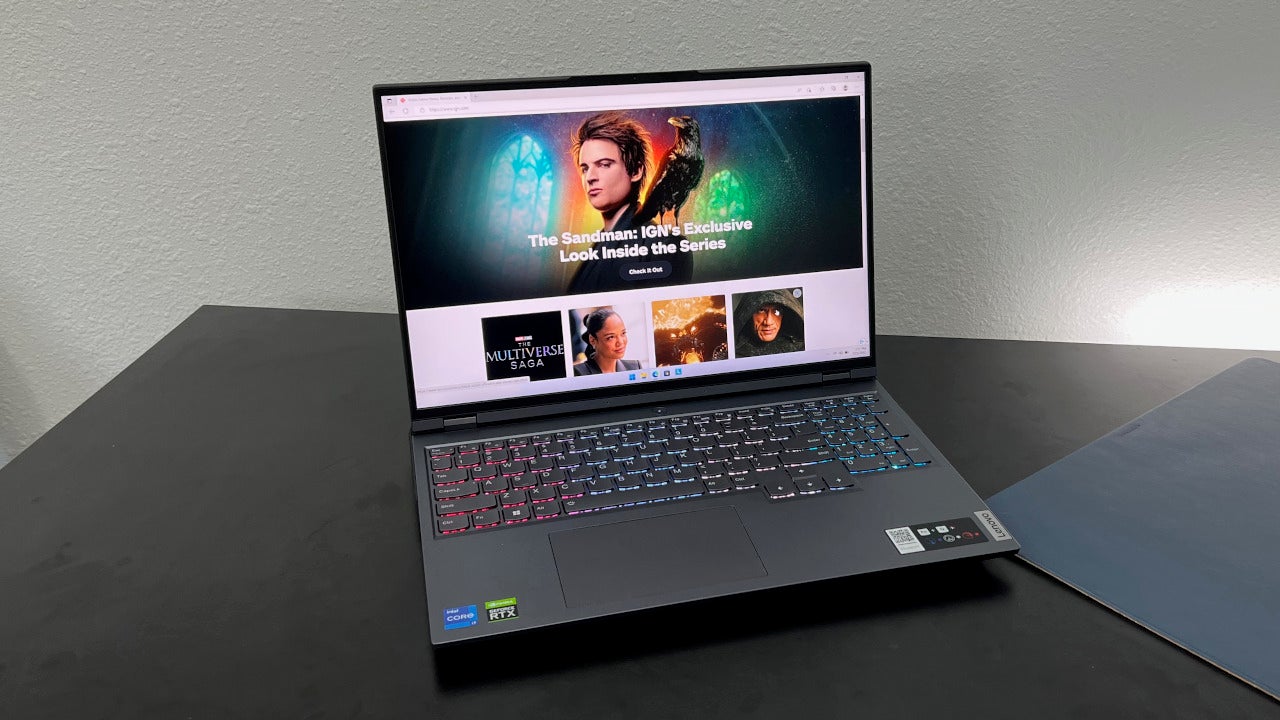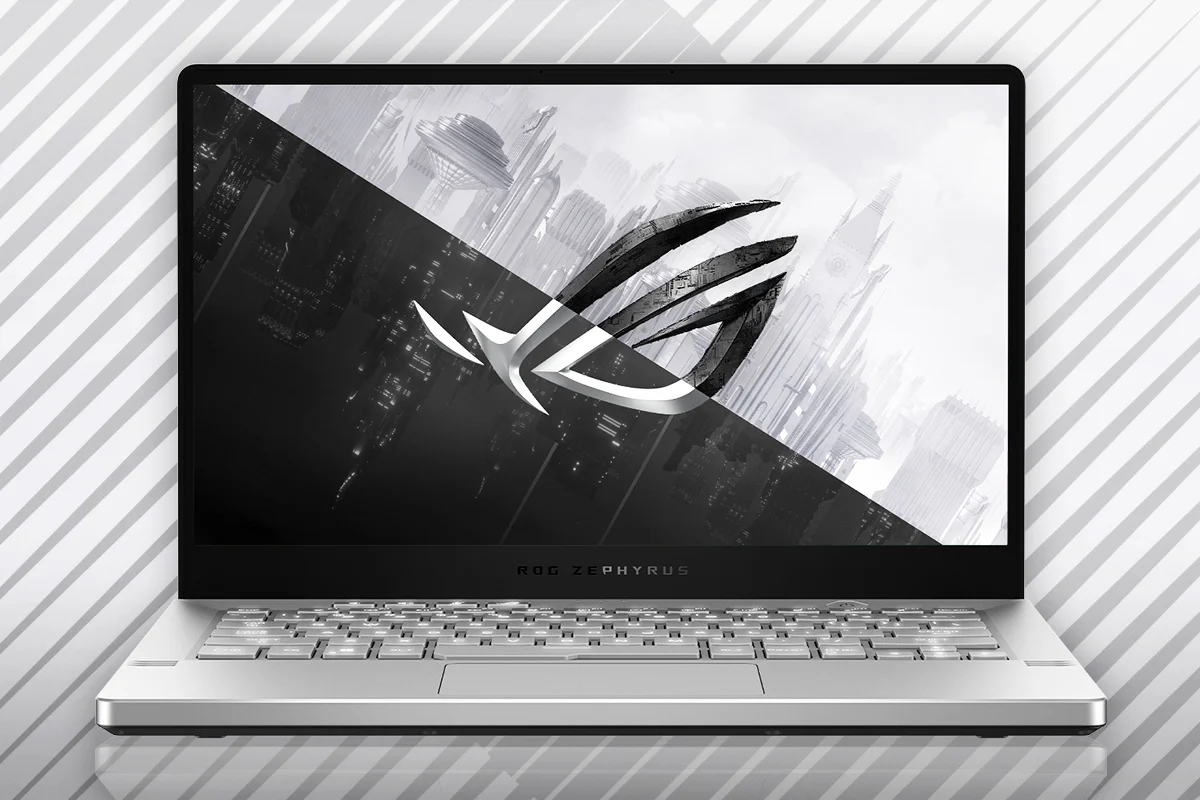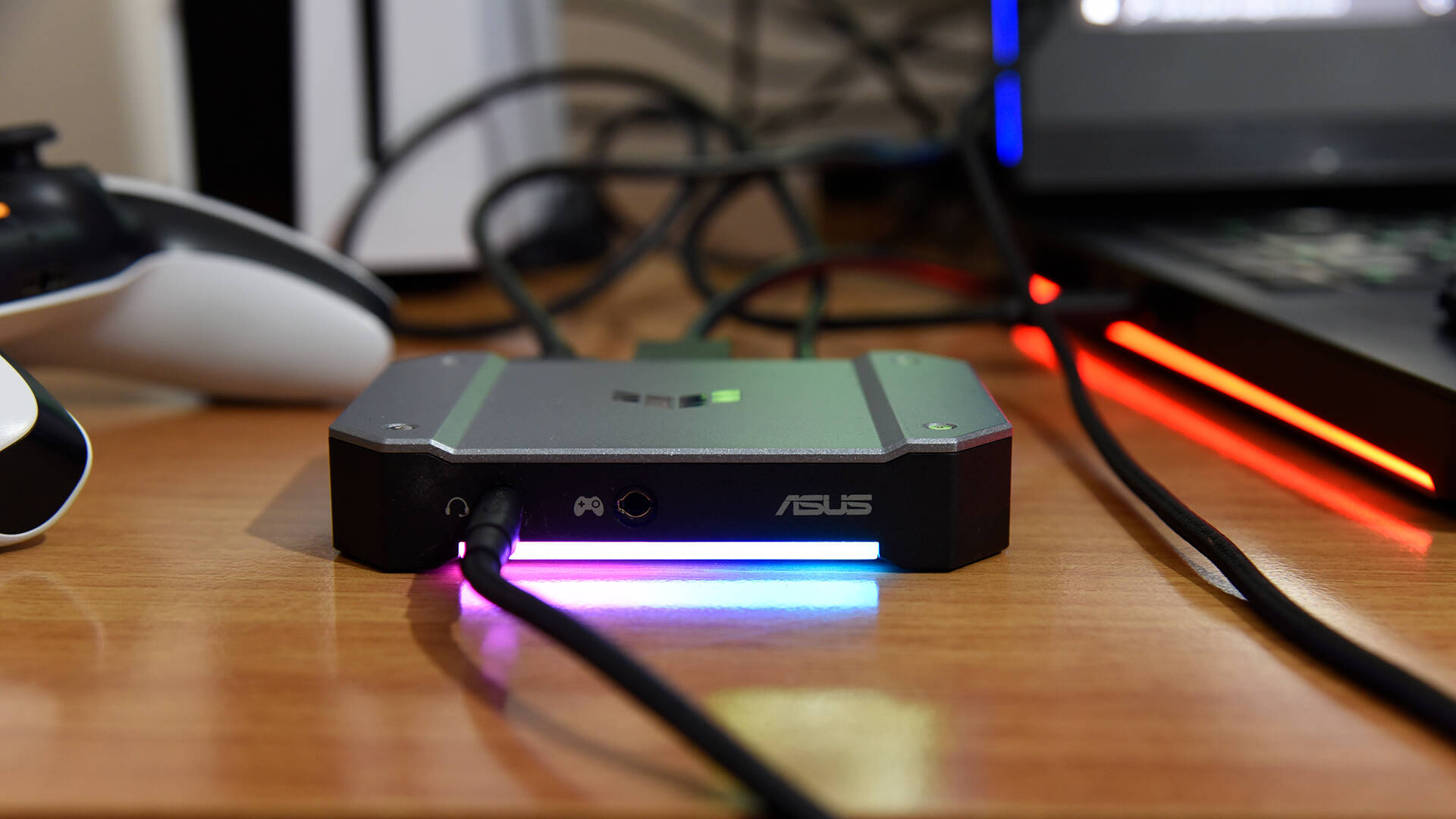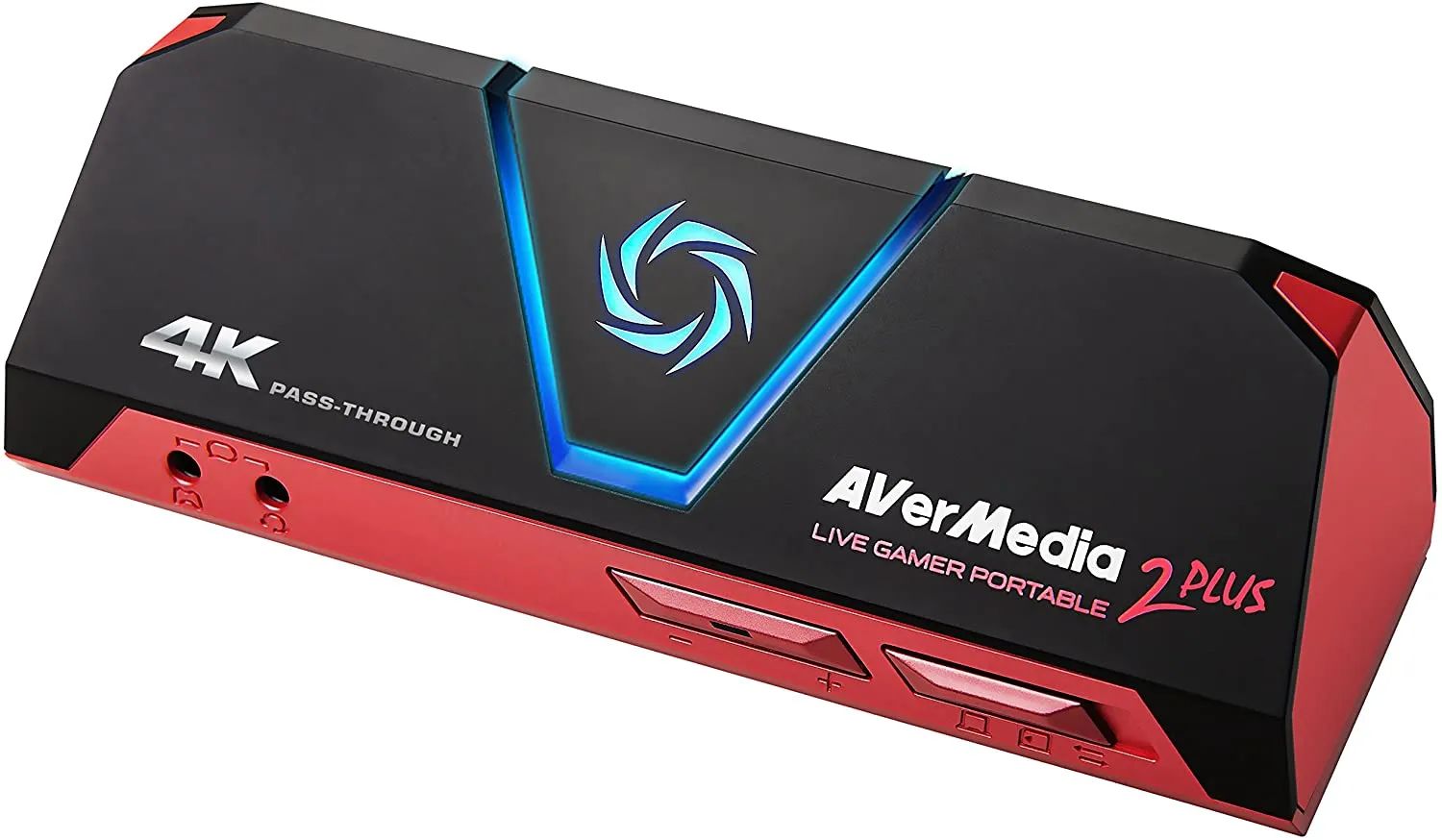Introduction
Welcome to the world of gaming! As a gamer, you know that having a high-performing gaming laptop is crucial for an immersive and seamless gaming experience. One of the key factors that determine the smoothness and overall quality of gameplay is FPS, or Frames Per Second.
FPS refers to the number of frames or images that are displayed on your screen per second. The higher the FPS, the smoother and more realistic your game will look. Therefore, if you’re experiencing lag or low FPS while gaming on your laptop, it’s time to take action and optimize your system for optimal performance.
In this article, we will explore various tips and techniques to help you make your gaming laptop get more FPS. Whether you’re a casual gamer or a hardcore enthusiast, these strategies can significantly enhance your gaming experience.
Before we dive into the details, it’s important to note that every gaming laptop is unique, and the methods that work for one may not apply to another. However, the fundamental principles discussed here can be applied universally, helping you troubleshoot and improve FPS on most gaming laptops.
So, if you’re ready to take your gaming performance to the next level, let’s explore the world of optimizing your gaming laptop for more FPS. From adjusting graphics settings and updating drivers to overclocking your GPU and optimizing Windows settings, we’ll cover it all.
But first, let’s understand the concept of FPS in more detail and why it’s crucial for an immersive gaming experience.
Understanding FPS (Frames Per Second)
Before we delve into the techniques to improve FPS, it’s essential to have a solid understanding of what FPS is and its significance in gaming.
FPS, or Frames Per Second, refers to the number of frames or images that are displayed on your screen per second while playing a game. It is a crucial metric that determines the smoothness and visual quality of your gameplay. Higher FPS results in smoother motion and more realistic visuals, providing a more immersive gaming experience.
Most games aim for a stable FPS of 60 or higher, as this is considered the standard for smooth gameplay. However, if your laptop is struggling to achieve this target, you may experience lag, stuttering, or a generally unsatisfactory gaming experience.
Low FPS can stem from multiple factors, including hardware limitations, outdated software, or improper system configurations. By understanding the factors that affect FPS, you can better identify and address the underlying causes of poor gaming performance.
One of the primary factors influencing FPS is your gaming laptop’s hardware. The performance of your graphics card (GPU), processor (CPU), and the amount of RAM directly impact how well your laptop can handle graphics-intensive games. Additionally, the resolution, texture quality, and effects settings within the game itself can also impact FPS.
Another crucial aspect to consider is your laptop’s ability to efficiently cool down during gaming sessions. Overheating can cause your system to throttle performance, resulting in lower FPS. Therefore, adequate cooling and regular maintenance of your laptop’s cooling system are vital for achieving optimal FPS.
Furthermore, outdated or incompatible GPU drivers can negatively affect FPS. GPU drivers serve as a communication bridge between your hardware and software, and updating them regularly ensures that you have the latest optimizations and bug fixes for running games smoothly.
Now that you have a solid understanding of FPS and its importance in gaming, we can move on to the practical techniques and strategies to boost FPS on your gaming laptop. From adjusting graphics settings and updating drivers to overclocking your GPU and optimizing Windows settings, we will cover everything you need to know to maximize your gaming performance.
Adjusting Graphics Settings
One of the most effective ways to improve FPS on your gaming laptop is by adjusting the graphics settings of your games. Graphics settings control the visual quality and effects in games, but they also consume a significant amount of GPU power. By optimizing these settings, you can strike a balance between visual fidelity and performance.
Start by accessing the graphics settings within your game. Look for options such as “Graphics,” “Video,” or “Display.” Within these settings, you will typically find various options to adjust, including resolution, texture quality, shadows, anti-aliasing, and more.
To improve FPS, consider lowering the resolution of your game. Playing at a lower resolution can significantly reduce the GPU load and result in a noticeable increase in FPS. While it may not look as crisp as playing at a higher resolution, the performance boost is worth it, especially if your laptop struggles with demanding games.
Additionally, adjust the texture quality setting to a lower level. Textures consume a considerable amount of GPU memory, and reducing their quality can provide a significant FPS boost. Experiment with different texture quality levels until you find the balance between performance and visual appeal that works for you.
Shadows and anti-aliasing are other graphics settings that heavily impact FPS. Shadows add depth and realism to games but can be quite resource-intensive. Lowering the shadow quality or disabling them altogether can give a substantial performance boost. Similarly, anti-aliasing smooths out jagged edges in games but can also lower FPS. Consider disabling or reducing it to improve performance.
It’s worth noting that not all games have the same graphics settings, and some may offer more or fewer options to tweak. Take the time to explore the available settings and experiment with different configurations until you find the optimal balance for your gaming laptop.
Lastly, if your game has a “VSync” option, consider disabling it. VSync synchronizes the frame rate of the game with your monitor’s refresh rate, which can limit FPS and introduce input lag. Disabling VSync allows your GPU to render frames without restrictions, resulting in higher FPS.
Remember to save your changes after adjusting the graphics settings. Take note of how these changes affect your gaming experience, not just in terms of FPS but also in terms of visual quality and smoothness. It may require some trial and error to find the ideal settings that suit both performance and visual appeal.
By optimizing the graphics settings of your games, you can significantly improve FPS on your gaming laptop and enjoy a smoother and more enjoyable gaming experience.
Updating GPU Drivers
Another crucial step in improving FPS on your gaming laptop is to keep your GPU drivers up to date. GPU drivers are software programs that allow your operating system to communicate effectively with your graphics card, ensuring optimal performance and compatibility with the latest games.
Outdated GPU drivers can result in performance issues, compatibility problems, and lower FPS. Therefore, regularly updating your drivers is essential to unlock the full potential of your GPU and improve gaming performance.
To update your GPU drivers, you have a couple of options. The first is to visit the official website of your GPU manufacturer, such as NVIDIA or AMD, and download the latest drivers compatible with your specific GPU model. These websites usually have dedicated driver download sections where you can easily search for and download the necessary drivers.
Before downloading the drivers, ensure that you correctly identify your GPU model. To do this, you can use the Device Manager on Windows or the System Information tool on macOS. Once you know the exact model, download the appropriate drivers from the manufacturer’s website.
Another option is to use driver update software. These programs scan your system, identify outdated drivers, and automatically update them. Popular driver update software includes Driver Booster, Driver Easy, and AMD Driver Autodetect. While convenient, be cautious when using such software and ensure that you download them from reputable sources to avoid malware or unwanted add-ons.
After updating your GPU drivers, it’s essential to restart your laptop to ensure the changes take effect. Once your laptop has rebooted, launch your favorite games and monitor the improvements in FPS and overall performance.
Remember, it’s a good practice to periodically check for driver updates, as GPU manufacturers frequently release new drivers to optimize game performance and address known issues. By keeping your GPU drivers up to date, you can ensure that your gaming laptop is running at its best and maximize FPS for a smooth gaming experience.
In the next section, we will explore how closing unnecessary background programs can help improve FPS on your gaming laptop.
Closing Unnecessary Background Programs
When it comes to optimizing FPS on your gaming laptop, it’s important to minimize the number of unnecessary background programs running alongside your game. These programs consume valuable system resources, including CPU, RAM, and disk usage, which can significantly impact gaming performance.
Before starting a gaming session, take a moment to close any programs that you don’t need running in the background. This includes web browsers, streaming services, file-sharing applications, and any resource-intensive software. These programs can consume bandwidth, memory, and processing power, leading to decreased FPS and overall system performance.
To close unnecessary background programs, you can use the Task Manager on Windows or the Activity Monitor on macOS. The Task Manager allows you to view and control the programs and processes running on your system, providing insights into their resource usage and the ability to end them.
To access the Task Manager on Windows, press Ctrl + Shift + Esc simultaneously, or right-click on the taskbar and select “Task Manager.” Once the Task Manager opens, navigate to the “Processes” or “Details” tab and identify the programs that are using significant system resources. Right-click on these programs and select “End Task” to close them.
On macOS, open the Activity Monitor by searching for it using Spotlight or navigating to Applications → Utilities → Activity Monitor. Inside the Activity Monitor, you can see a list of all the processes running on your system. Identify the resource-intensive programs, select them, and click on the “X” button in the upper-left corner to quit them.
By closing unnecessary background programs, you free up valuable system resources, allowing your gaming laptop to allocate more power to your game. This can result in a noticeable increase in FPS and overall gaming performance.
In some cases, certain background programs may be essential for your system’s functionality. If you’re unsure about whether to close a particular program, consider researching its purpose and impact on gaming performance. There are also software tools available that can automatically suspend or prioritize programs to optimize system resources during gaming sessions.
It’s worth noting that some background programs may automatically restart after closing them. To prevent this, you can disable them from automatically starting up by adjusting the startup settings on your operating system. This ensures that unnecessary programs stay closed, enhancing the performance of your gaming laptop.
Now that we’ve addressed the importance of closing unnecessary background programs, let’s move on to the next section, where we explore techniques for overclocking your GPU to further enhance FPS.
Overclocking Your GPU
Overclocking your GPU can be a powerful technique to boost FPS on your gaming laptop. By increasing the clock speed and memory frequency of your graphics card, you can extract more performance and achieve higher FPS in games. However, it’s important to note that overclocking can potentially increase the heat generated by your GPU and may void your warranty, so proceed with caution.
To overclock your GPU, you can use several software tools available for both NVIDIA and AMD graphics cards. These tools allow you to adjust GPU settings, including core clock speed, memory clock speed, and voltage. It’s important to research and follow detailed guides specific to your graphics card and software.
Before starting the overclocking process, be sure to monitor your GPU’s temperatures using programs like MSI Afterburner or GPU-Z. Overclocking generates more heat, so keeping an eye on the temperatures will ensure that your GPU stays within safe limits.
Start by increasing the core clock speed of your GPU in small increments, such as 25 MHz at a time. Test your overclocked settings by running a demanding game or a benchmarking tool and monitor the FPS and temperatures. If the game runs without crashes or artifacts and the temperatures remain reasonable, you can continue increasing the clock speed until you reach an optimal balance of performance and stability.
Similarly, you can adjust the memory clock speed in small steps to enhance overall GPU performance. The effects of memory overclocking may not directly impact FPS but can improve the overall smoothness of gameplay and reduce stuttering.
While overclocking can provide significant performance gains, it’s important to approach it with caution. Pushing your GPU too far can result in system instability, crashes, or even hardware damage. Always proceed incrementally and monitor the temperatures and stability of your system throughout the process.
Keep in mind that every graphics card is different, and the overclocking potential varies. Some cards may be able to achieve higher clock speeds, while others may have more limited overclocking capabilities. It’s important to find the right balance for your specific GPU.
Lastly, it’s worth mentioning that some graphics cards come with built-in overclocking features. These features, such as NVIDIA’s GPU Boost, automatically adjust the clock speed based on the GPU’s temperature and power demand. Exploring and enabling these features can provide a convenient way to extract more performance without manually adjusting individual settings.
By overclocking your GPU, you can unlock additional performance and achieve higher FPS on your gaming laptop. However, remember to proceed with caution, monitor temperatures, and be aware of the potential risks associated with overclocking.
In the next section, we will discuss the importance of cleaning and maintaining your laptop for optimal performance.
Cleaning and Maintaining Your Laptop
Keeping your gaming laptop clean and well-maintained is crucial for optimal performance and longevity. Over time, dust and debris can accumulate inside your laptop, clogging vents and obstructing airflow, leading to overheating and decreased performance. By regularly cleaning and maintaining your laptop, you can ensure that it operates at its best and maintains high FPS during gaming sessions.
Start by cleaning the exterior of your laptop using a soft, lint-free cloth. Wipe away any dust or smudges from the screen, keyboard, and other surfaces. Avoid using harsh chemicals or abrasive materials, as they can damage the laptop’s finish.
Next, it’s essential to clean the internal components of your laptop, especially the cooling system. Over time, dust can accumulate on the cooling fans and heat sinks, hindering their ability to dissipate heat effectively. To clean these components, shut down your laptop, disconnect the power source, and use compressed air to blow out the dust. Be careful not to blow the dust back into the laptop and instead direct it away from the intake and exhaust vents.
If the dust buildup is significant, you may need to remove the bottom panel of your laptop and access the internal components for a thorough cleaning. Refer to your laptop’s user manual or manufacturer’s website for instructions specific to your model. Alternatively, you can seek professional help to perform the cleaning if you’re not comfortable doing it yourself.
Apart from cleaning, maintaining your laptop’s software is also crucial. Regularly update your operating system, antivirus software, and other programs to ensure that you have the latest security patches and optimizations. Outdated software can lead to performance issues and vulnerabilities that may affect FPS.
It’s also essential to optimize your startup programs. When your laptop starts, numerous programs may launch automatically, consuming valuable system resources. Open the Task Manager and disable any unnecessary programs from starting up with your laptop. This will free up resources for your game, improving FPS and overall performance.
Lastly, consider investing in a laptop cooling pad. These pads are designed to improve airflow around your laptop and can significantly help in keeping temperatures low. Look for a cooling pad that fits your laptop size and has additional features such as adjustable fan speeds for better control over cooling performance.
By regularly cleaning and maintaining your laptop, you can prevent overheating and ensure optimal performance during gaming sessions. A clean and well-maintained system will have improved airflow, resulting in better cooling and increased FPS.
In the next section, we will explore the benefits of upgrading hardware components to further enhance your gaming laptop’s performance.
Upgrading Hardware Components
If you’re looking to maximize the performance of your gaming laptop and achieve higher FPS, upgrading certain hardware components can make a significant difference. While not all laptops offer extensive upgrade options, there are a few key components that you can consider upgrading to boost your gaming experience.
One of the most effective hardware upgrades for improving gaming performance is upgrading your laptop’s RAM (Random Access Memory). RAM plays a crucial role in how well your laptop can handle multiple tasks simultaneously and directly impacts game performance. Increasing the amount of RAM can provide smoother gameplay, faster loading times, and better overall system responsiveness.
Another crucial component to consider upgrading is your laptop’s storage drive. Upgrading from a traditional hard disk drive (HDD) to a solid-state drive (SSD) can greatly enhance loading times and reduce in-game lag and stuttering. SSDs offer significantly faster read and write speeds, allowing games and applications to load and access data more quickly.
If your gaming laptop allows for it, upgrading the graphics card (GPU) can provide a substantial boost in FPS and graphical performance. However, not all laptops have a removable or upgradable graphics card, so be sure to check the specifications of your laptop before considering this option.
In addition to these major components, you can also consider upgrading smaller components such as the CPU (Central Processing Unit) or adding more powerful external cooling solutions. However, these upgrades may require more technical expertise and may not be feasible for all laptop models.
Before making any upgrades, thoroughly research compatibility and installation procedures specific to your laptop model. Consult the manufacturer’s website, user manuals, or forums dedicated to laptop hardware upgrades for guidance.
It’s important to note that upgrading hardware components may void your laptop’s warranty or require professional help. If you’re unsure about performing the upgrades yourself, it’s best to seek assistance from a qualified technician to ensure a smooth and successful upgrade process.
While upgrading hardware components can provide a significant boost in gaming performance, it’s important to consider the cost-benefit ratio. Evaluate your budget and the potential impact of each upgrade on FPS before making a decision. In some cases, it may be more cost-effective to consider purchasing a new gaming laptop with more powerful hardware if your current laptop is severely outdated or limited in terms of upgradability.
By strategically upgrading hardware components, you can enhance the performance of your gaming laptop and achieve higher FPS. However, always weigh the costs and benefits before making any decisions and ensure that the upgrades align with your specific needs and budget.
In the next section, we will explore optimizing Windows settings for improved gaming performance.
Optimizing Windows Settings
To further boost FPS and optimize your gaming experience on a Windows laptop, it’s crucial to tweak and optimize various system settings. By making a few adjustments, you can ensure that your laptop devotes its resources efficiently to running your games, resulting in smoother gameplay and improved performance.
Begin by optimizing your power settings. By default, Windows may be set to a balanced power mode, which aims to balance performance and energy consumption. However, for gaming purposes, it’s beneficial to switch to the High-Performance power plan. This plan prioritizes performance and ensures that your laptop’s components operate at maximum capacity, delivering better FPS during gaming sessions.
To switch to the High-Performance power plan, open the Control Panel, navigate to Power Options, and select High Performance from the available plans. Keep in mind that this power plan may consume more battery power, so it’s advisable to use it while plugged into a power source.
Next, disable unnecessary visual effects that can consume system resources. Right-click on the Computer icon, select Properties, and navigate to the Advanced System Settings. Click on the Settings button under the Performance section and choose the option to Adjust for Best Performance. This will apply a set of optimizations that disable non-essential visual effects and allocate more resources to game performance.
In addition to visual effects, it’s important to disable any unnecessary background processes or services that might be running in the background. Use the Task Manager to identify and close any resource-hungry processes that are not essential for gaming. However, exercise caution and only disable processes you are familiar with to avoid impacting system stability.
Another optimization technique is to set your laptop’s display resolution to its native resolution. Failing to do so can put unnecessary strain on your GPU and impact FPS. To adjust your display resolution, right-click on the desktop, select Display Settings, and choose the appropriate resolution for your laptop’s screen.
Lastly, ensure that you have the latest Windows updates installed. These updates often contain important performance optimizations and security patches that can enhance your gaming experience. Enable automatic updates in the Windows Update settings to ensure that your system stays up to date.
By optimizing these Windows settings, you can allocate more system resources to gaming, resulting in improved FPS and overall performance. Remember to periodically check and adjust these settings as needed, as system updates or other factors may reset them to default.
In the next section, we will summarize the key strategies discussed in this article and provide some final tips to maximize FPS on your gaming laptop.
Conclusion
In conclusion, optimizing FPS on your gaming laptop requires a combination of software and hardware techniques. By implementing the strategies outlined in this article, you can enhance your gaming experience and achieve higher FPS.
Understanding the concept of FPS and its importance in gaming is the first step in troubleshooting and improving performance on your laptop. Adjusting graphics settings, updating GPU drivers, closing unnecessary background programs, overclocking your GPU, and cleaning and maintaining your laptop are all effective ways to boost FPS.
Additionally, upgrading hardware components, such as RAM or storage drives, can provide significant performance gains. Optimizing Windows settings, such as power plans and visual effects, can also help maximize system resources and increase FPS.
It’s important to note that not all strategies may be applicable to every gaming laptop. Consider the specifications and limitations of your device before implementing any changes, and always proceed with caution to avoid damage to your hardware or voiding your warranty.
By finding the right balance between performance and visual quality, you can optimize FPS on your gaming laptop and enjoy a smoother, more immersive gaming experience. Remember to monitor and evaluate the impact of any changes you make to ensure they are beneficial.
As always, staying up to date with the latest software updates, drivers, and optimizations from game developers and hardware manufacturers is crucial for optimal performance.
Now, armed with these strategies and tips, go ahead and make the necessary adjustments to make your gaming laptop reach its full potential and unlock the ultimate gaming experience.
Happy gaming!










